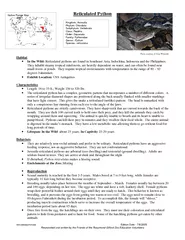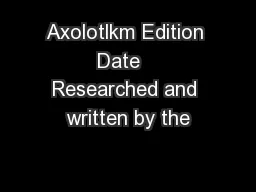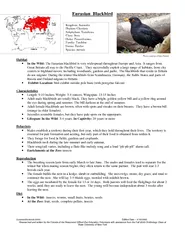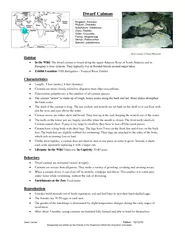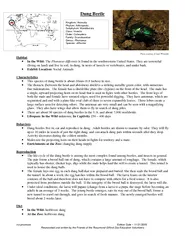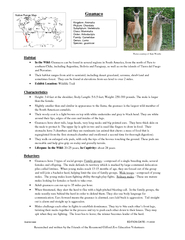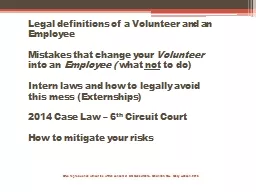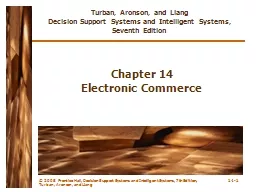PDF-reticulatedpythonaaa Edition Date - 7/8/2005 Researched and written by
Author : phoebe-click | Published Date : 2015-10-12
Photo courtesy of Tony Wisneski Habitat In the Wild Reticulated pythons are found in Southeast Asia Indochina Indonesia and the Philippines They inhabit steamy tropical
Presentation Embed Code
Download Presentation
Download Presentation The PPT/PDF document "reticulatedpythonaaa Edition Date - 7/8/..." is the property of its rightful owner. Permission is granted to download and print the materials on this website for personal, non-commercial use only, and to display it on your personal computer provided you do not modify the materials and that you retain all copyright notices contained in the materials. By downloading content from our website, you accept the terms of this agreement.
reticulatedpythonaaa Edition Date - 7/8/2005 Researched and written by: Transcript
Download Rules Of Document
"reticulatedpythonaaa Edition Date - 7/8/2005 Researched and written by"The content belongs to its owner. You may download and print it for personal use, without modification, and keep all copyright notices. By downloading, you agree to these terms.
Related Documents

